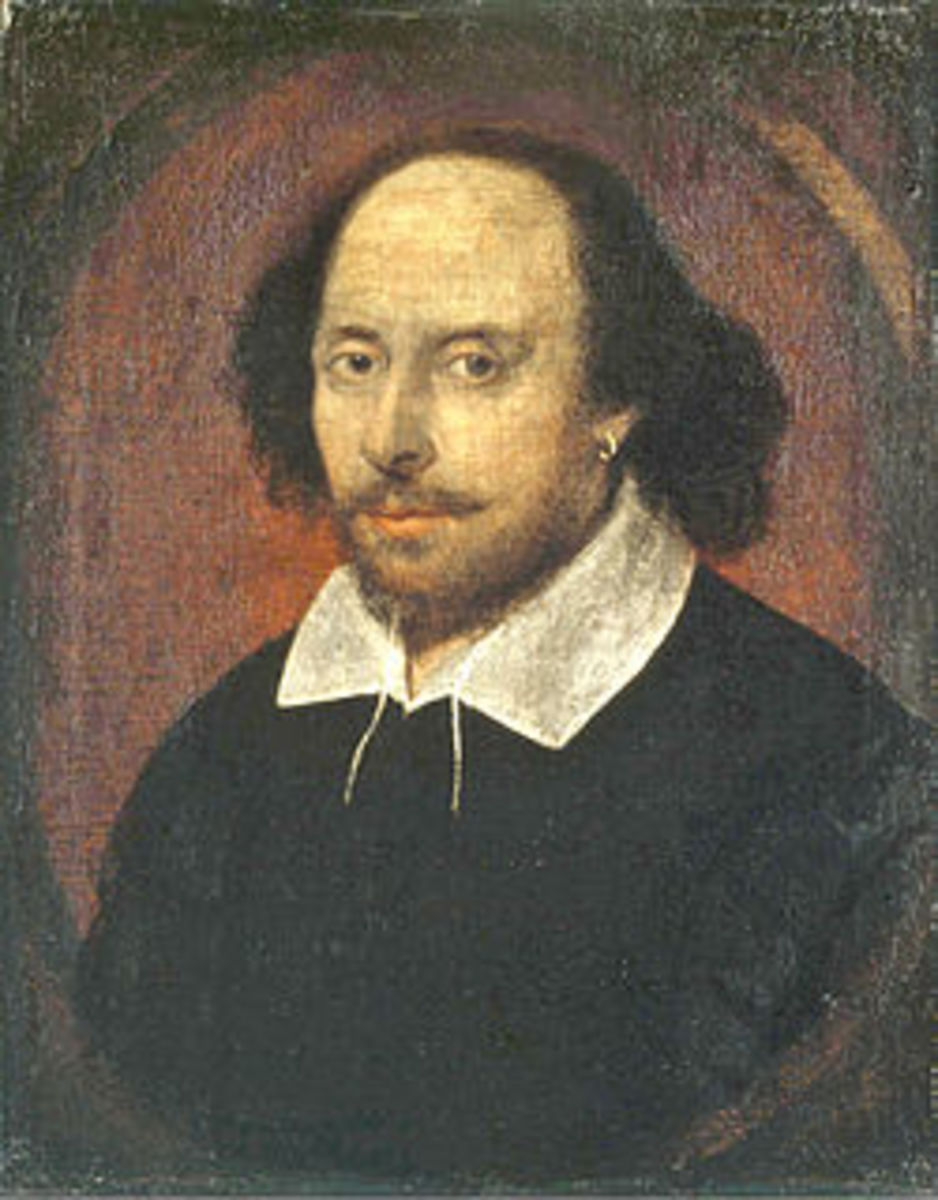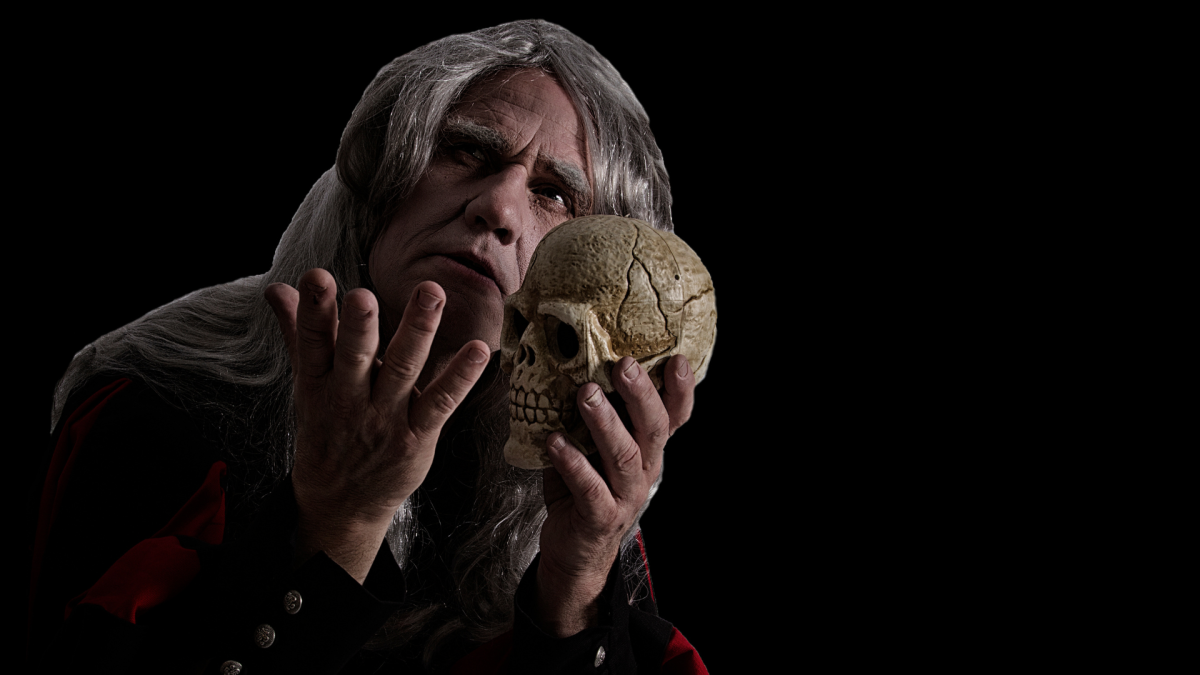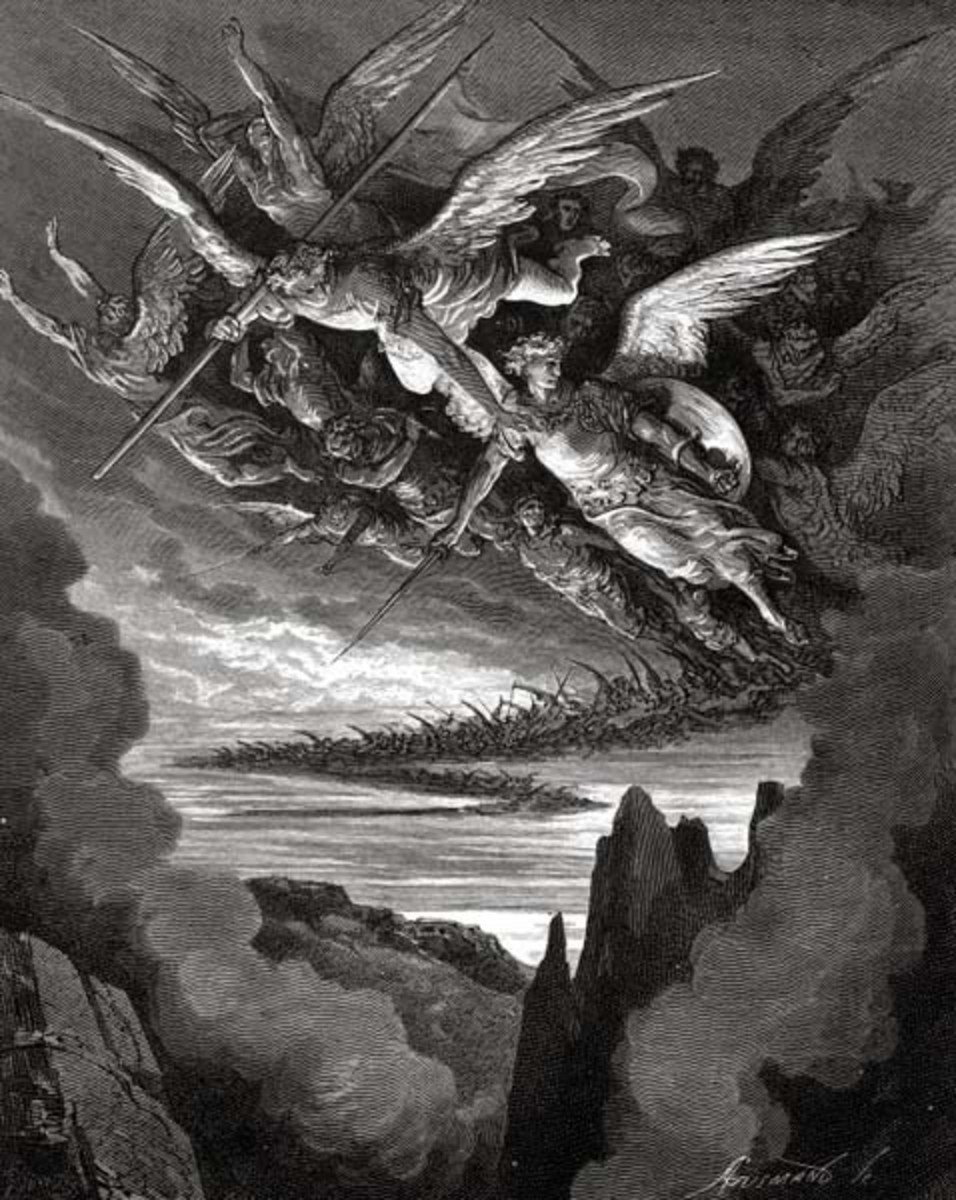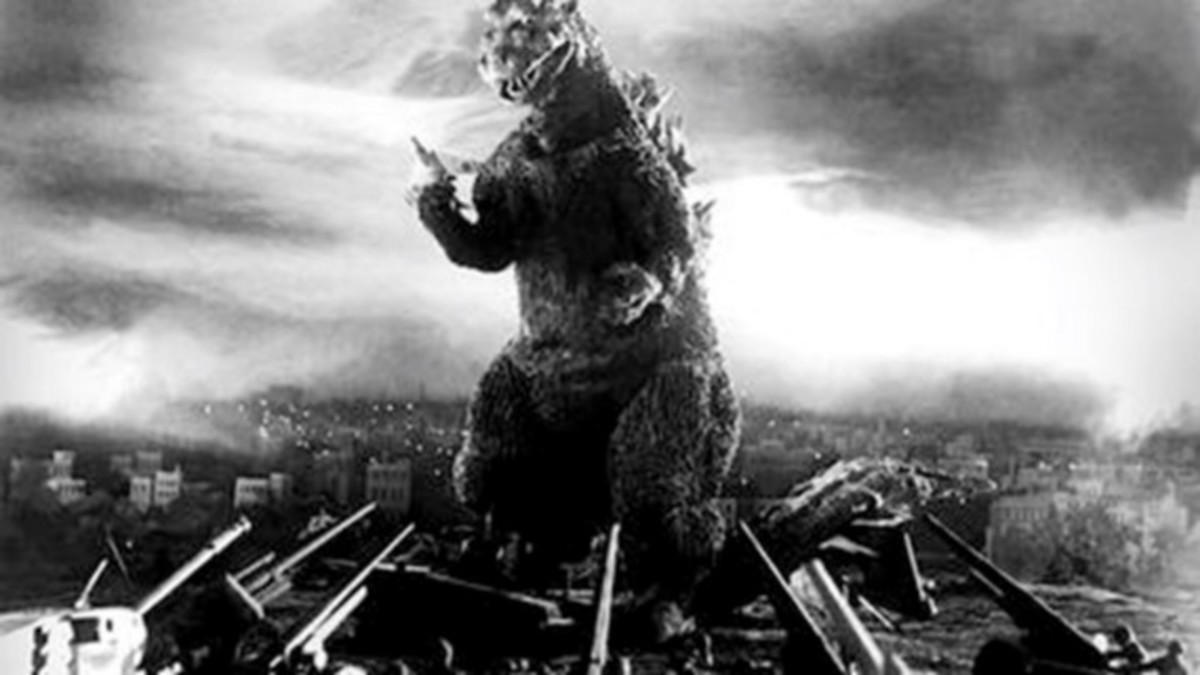Hamlet: An Examination of A Troubled Mind Part I
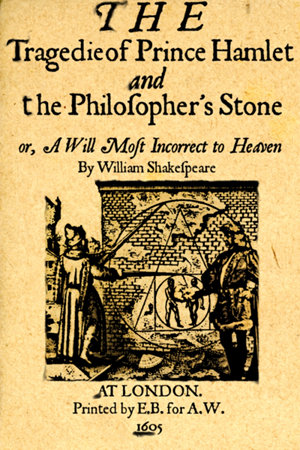
William Shakespeare’s Hamlet has been renowned for four centuries as the greatest play written. It is a play of betrayal, smoke and mirrors, and the fragile essence that one might call reality. It is a tale in which everything man holds dear is shattered – love, family, mind. These are the concepts upon which the life of man is compiled. As the plot unfolds, we see each of these building bricks crumble.
The play reflects the panic of England during Shakespeare’s time, where the Black Plague wreaked havoc through villages and cities: human nature is not known for calm in calamity. It is also a reflection of Shakespeare’s own inner toils at the loss of his young son, Hamnet, who was one of the victims of the plague. Reflecting also from the real world into hamlet is the recurrent characteristic of men with father’s passed, a tribute to his own paternal loss during this time. With themes of feigning madness and in the case of Hamlet’s love, Ophelia, tumbling into true madness, it is easy to see the anxiety of the times seeping through. However, was Hamlet only feigning insanity?
We enter the universe of Prince Hamlet of Denmark during what should be a time of mourning for the country; mourning for his departed father, the late King Hamlet. Yet while the kingdom ought to be adorned in the drab, dark cloth of bereavement, a celebration, instead, occurred so swiftly that “the funeral baked meats did coldly furnish for the marriage tables,” (V.ii.87) as Hamlet’s mother, Gertrude wed the late King’s brother, Claudius, who assumed the throne. Swiftly after the coronation, Hamlet is lead to where the supposed ghost of his father had appeared by two guardsmen and friend Horatio. The ghost appeared before them all, beckoning the prince to follow in solitude before relaying to him that the former ruler’s death was foul play, and the grave obligation was to Hamlet that his death should be avenged. To complete this task, the prince conspires to assume a fictional state of insanity.
The ending is, in true Shakespearean fashion, a tragedy.
Yet the plot is far deeper than its appearance, as any scholar can relay. However, while various interpretations have come to light over the centuries, an examination of the evidence of the aforementioned lunacy of Hamlet will be the focused interpretation. From the concern expressed by those of the royal family, and those close to said family, to his conduct and inward contemplations, and to his own method in actions, it is extremely clear that the character of young Prince Hamlet was not hearty in reason.
Characters of Hamlet
King Hamlet - the murdered King and young Hamlet's father
Queen Gertrude - King Hamlet's widow and mother to young Hamlet
King Claudius - the brother of King Hamlet who marries Gertrude
Hamlet - Prince of Denmark and "tragic hero"
Horatio - Hamlet's friend
Polonius - friend to the royal family, mostly Claudius
Ophelia - daughter of Polonius and Hamlet's lover
Laertes - son of Polonius
“Mad let us grant him then, and now remains” (II.ii.108)
We see the first moments of foreshadow in Act I in several ways. Of course in typical style, Hamlet still mourns for his father, as he feels the rest of his family and the kingdom should be following suit. Claudius and Gertrude express concern, though ultimately haven’t any pity for his emotion-driven demeanor.
“Good Hamlet, cast thy knighted color off,
And let thine eye look like a friend on Denmark.
Do not forever with thy valied lids
Seek for they noble father in the dust.
Though know’st ‘tis common; all that lives must die,
Passing through nature to eternity.”
(I.ii.70-75)
While this can simply be seen as soothing a grieving family member while gently reminding him the time of mourning has passed, peering at it from a historical and social manner reveals a very cold reality.
Hamlet, being well known and liked member of the royal family, having been raised by a father and mother whom he loved dearly, and having one torn from him so suddenly and swiftly, his seemingly sheltered life was in upheaval. Coping with the death of a representation of stability is a process which is not traveled through with ease.
In an article outlining the effects of mourning called The Physical and Emotional Effects of Grief, Brook Noel explains that the process can cause a wide variety of symptoms, including confusion, disorientation, impulsive living, and goes on to explain that “the world becomes dream like”:
“Many people who have lost someone suddenly, find the world becomes a surreal place. It's almost as if we are floating without seeing or comprehending. Everything becomes a blur as the concept of time disappears.”
These are certainly displayed in Hamlet’s actions throughout the play. While emotions would certainly be high given his circumstances, his reactions are outlandish, and somewhat befuddling. While projecting that this is the role he feels he is meant to play to avenge his father’s death, there is no sense to it. However, it can be forgiven – his dark demeanor, sullen brow, and emotional outbursts towards his mother, as he is still a grieving offspring who has just been told with poetic lucidity to get over it.
Being Contained
In the same scene, when his parents attempted to convince him to return to normal living, he requested returning to school in Wittenburg, to which Claudius responded that “it is most retrograde to our desires.” (I.ii.18). This begs the question as to why such supposedly loving family would want to keep him near instead of allowing him to return to what might free him to digest the recent changes in his life.
Further implications of Hamlet’s mental state arise with Horatio’s foreshadowing, later in scene four. Horatio and two guardsmen retrieve Hamlet to take them to where they had earlier spied an apparition which held the same resemblance of that of King Hamlet. Again, the apparition came to them, though this time made motion for the prince to follow him. Horatio, true friend to Hamlet begged that he not go:
“What if it tempt you toward a flood my lord?
Or to the dreadful summit of the cliff
Where beetles o’er his base into the sea,
And there assume some other horrible form
Which might deprive your sovereignty of reason
And draw you into madness?”
(1.4.77)
Was this moment a Shakespeare’s allowed glimpse into the true reality of the play?
Soon after, as Horatio and the guardsmen return, Hamlet reveals his plan to thwart his uncle:
“How strange or odd some’er I bear myself
(As I perchance hereafter shall think meet
To put an antic disposition on)”
(1.5.190)
With ideas to feign madness, was our hero perhaps projecting the inner confusion bubbling within him due to his grief? Could it be that the ghost never even spoke to him to begin with, but that he merely created a figmented embodiment of his paternal ancestor in order to digest and open doors of closure in his unprocessed mourning?
To be continued
Continue to Part II Where we consider Polonius's reaction to Hamlet courting Ophelia
William Shakespeare
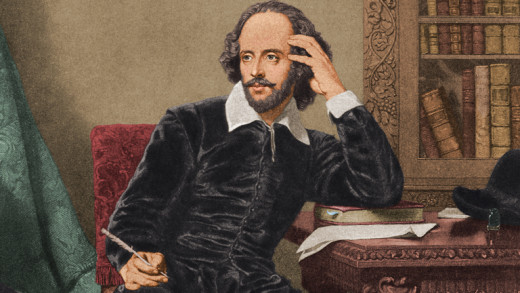
Have you Read Hamlet?
Citation
Shakespeare, William. Hamlet. Editor Mowat, Barbara A. and Werstine, Paul. New York, NY. Simon & Schuster Paperbacks. 2012. Print.
Gerlach, Peter K. MSW. www.sfhelp.com. http://sfhelp.org/grief/symptoms.htm. 30 April 2013. Web. 15 Oct. 2014
Chen, Yi-Chi. Pregnant with Madness: Ophelia’s Struggle With Madness in Hamlet. www.benz.edu. http://benz.nchu.edu.tw/~intergrams/intergrams/112/112-cyc.pdf. Web. 15 Oct. 2014
Montgomery Byles, Joanna. Shakespeare and Psychoanalysis: Tragic Alternatives: Eros and the Superego Revenge in Hamlet. www.PsyArtJournal.com. http://www.psyartjournal.com/article/show/montgomery_byles-shakespeare_and_psychoanalysis_tragic_al. 25 Aug 2005. Web. 15 Oct 2014.
Noel, Brook. The Physical and Emotional Steps of Grief. www.griefsteps.com http://www.funeralplan.com/griefsupport/griefsteps.html. 2003. Web. 15 Oct. 2014
Freud, Sigmund. On Repression in Hamlet. www.producer.csi.edu. http://producer.csi.edu/cdraney/archive-courses/fall09/175/etexts/repression-hamlet_freud.pdf. 1900. Web. 15 Oct 2014
Shakespeare and Freudian Theory Hamlet and Titus. www.classicsnetworks.com. http://classicsnetwork.com/essays/shakespeare-and-freudian-theory-hamlet/216.
Clarke, Richard L. W.. Sigmund Freud: “Psychopathic Characteristics on Stage”. www.rlclarke.net. http://www.rlwclarke.net/courses/LITS3303/2010-2011/06AFreud,PsychopathicCharactersontheStage.pdf. Web. 15 Oct 2014

